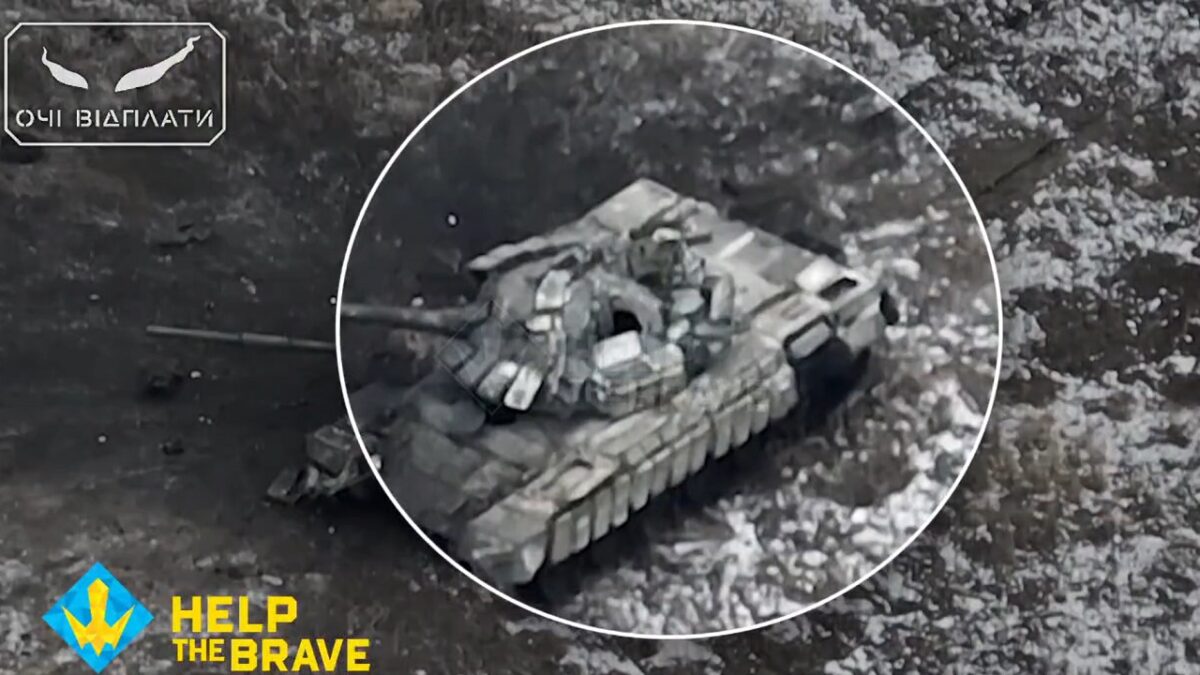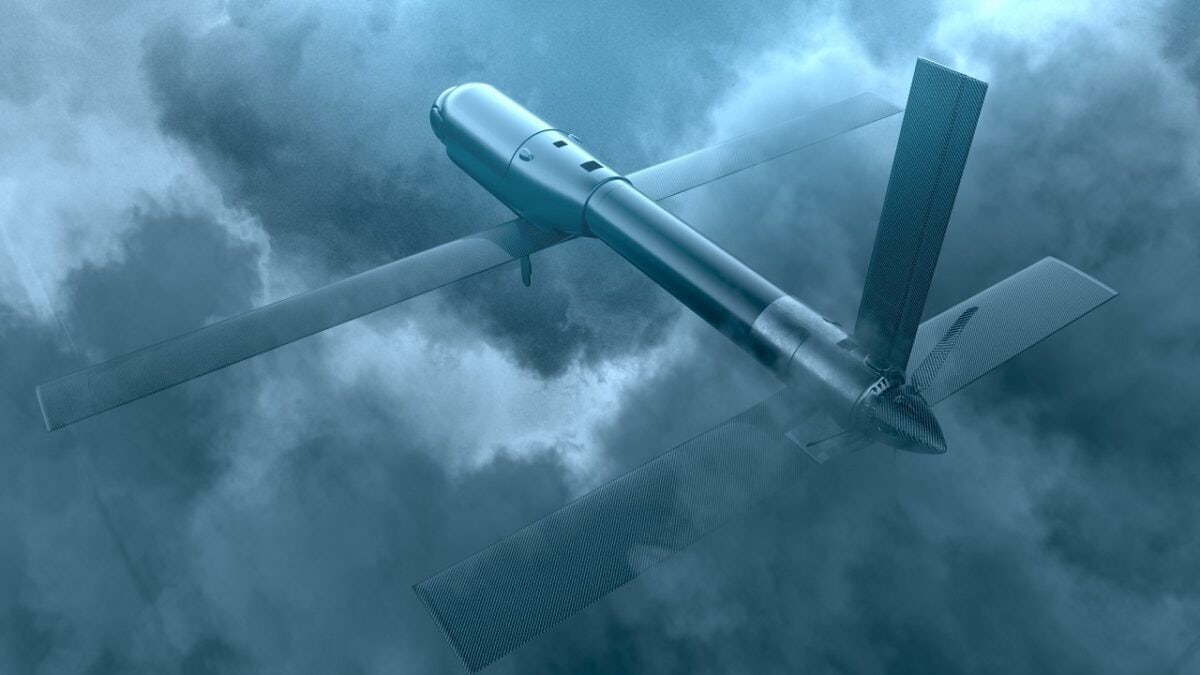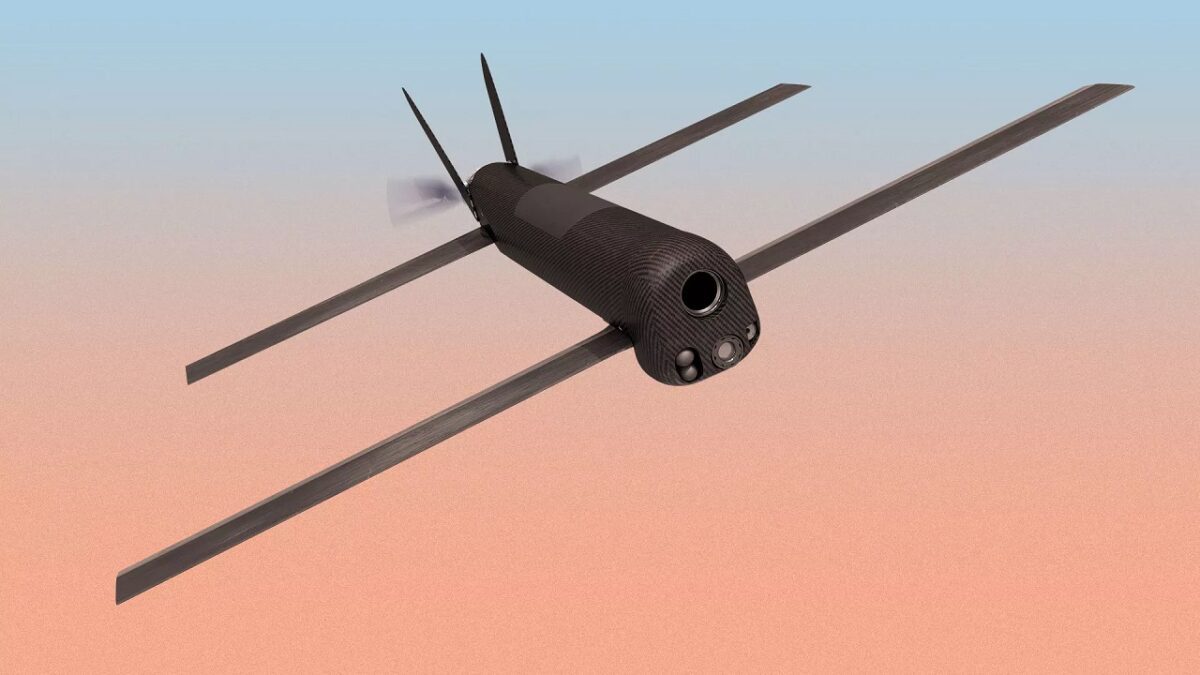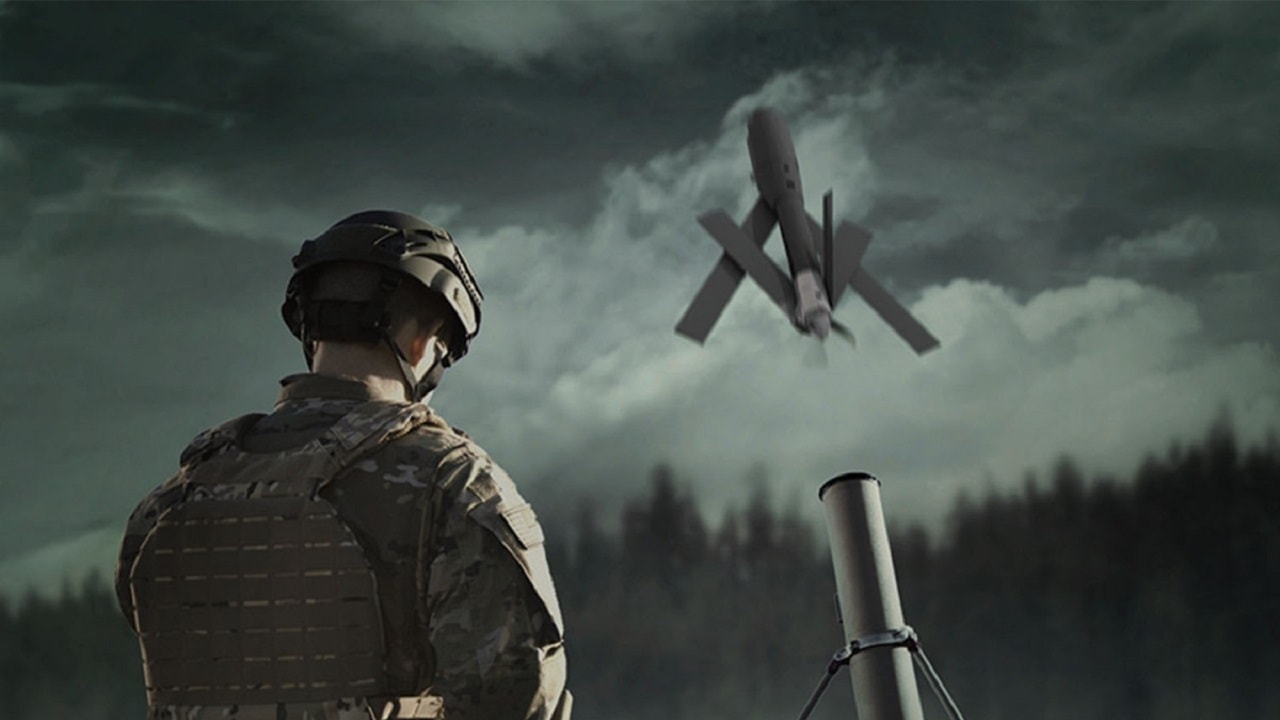In a surprise move back a few months ago, the U.S. Army decided not to buy more Switchblade 300 kamikaze drones.
The DoD has supplied over 700 of the portable loitering munitions to Ukraine from existing stocks.
This would normally lead to an increased annual purchase in this year’s Army budget for LMAMS (Lethal Miniature Aerial Missile System), which the Switchblade falls under, to make up for the munitions transferred shortfall.
Instead, the Army’s recent Missiles Procurement budget states that “LMAMS has no FY 2024 funding.”
The Army acquired 900 Switchblade 300s in the 2022 budget and 525 in 2023. They were bought at a similar rate in previous years – dating back to its introduction in 2012 – so the sudden end looks like a change.
Switchblade 300: Portable Precision
The Switchblade 300 is supplied in a carrying tube that is also the launcher, weighing about five pounds.
It is launched by compressed gas, the wings unfold and an electric motor propels the drone at up to 100 mph, sending back video to the operator so targets can be identified.
The Switchblade 300 is essentially a long-range, silent, precise sniper rifle – with the ability to cancel the attack at the last second, when necessary, when the operator gets a close look at the target.
The Switchblade range is made by drone builders AeroVironment, Inc, with some of the technology from its highly successful hand-launched RQ-10 Raven tactical observation drones, which were a huge hit with the U.S. military in the early 2000s, giving squad commanders the ability to see over the next hill for the first time. The Raven soon became the most numerous drone in U.S. service, but several operators noted the frustration of being able to see insurgents planting bombs, setting up mortars, or even firing at U.S. forces without being able to do anything about it. Hence the development of a strike capability.

Switchblade Drone Attack by Ukraine
Initially used by Special Forces in Afghanistan and Iraq, the Switchblade was reportedly highly successful at hitting fleeting high-value targets, a term usually applied to insurgent or terrorist leadership. It was nicknamed the ‘flying shotgun’ for the tight pattern of shrapnel produced by its grenade-sized warhead, which could destroy a pickup truck or engage a group of individuals in the open or the occupants of a single room.
Its precision and small warhead size, as well as wave-off capability, meant the Switchblade could be used when the rules of engagement prohibited Javelins or other weapons with greater potential for collateral damage.
However, virtually no details of Switchblade use in action have ever been released – until Ukraine. Strict operational security means that the weapon, while not actually classified, is cloaked in mystery.
The Wrong Tool for the Job?
We have more information and more videos of the Switchblade 300 in Ukraine, where the response has been lukewarm.
This is a different type of war, and the key targets are Russian tanks, air defenses, and artillery for which the anti-personnel Switchblade 300 is unsuited.
A larger version, the Switchblade 600, was promised to Ukraine last year and small numbers have reportedly arrived. This version was launched as a private venture and has not yet been acquired by the U.S. military. The upsized loitering munition boasts longer range and a more powerful warhead capable of destroying armored vehicles.
But this may be the end of the line for the Switchblade 300. A U.S. Army spokesperson would not comment on whether the program was being terminated, telling us only that “The Lethal Miniature Aerial Missile System (LMAMS) has satisfied the Department of Defense fielding and replenishment requirements” and declined to make further comment.
The issue may be the cost of such munitions compared to commercial competition.
Capability – at a Price
In the 2022 budget, the cost for a single all-up round – the airframe, sensors, integrated guidance, warhead, data link, and launcher – was $58,063. In the 2023 budget it was $52,914. There is a belief that this is the cost for 10 Switchblades; there is no foundation for this myth.
This cost does not include additional elements like the guidance unit, which comes in at around $30,000, or fielding costs, spares, support, training rounds and simulators. Divide the total cost of the program by the number of rounds and the figure may be more like $80k a shot.

Switchblade drone that is used by Ukraine’s forces against Russia. Image Credit: Industry handout.
These prices are not high by military standards – one Javelin round is $184,455 in the current budget – but they are off the scale for the commercial drone world. The cost of the Switchblade 600 is not known but it will be significantly higher than the 300.
Since July, Ukrainian forces have been adapting small quadcopter racing drones as weapons, fitting them with extra batteries and warheads. Though tiny, these improvised loitering munitions are able to carry anti-tank grenades or RPG warheads, and have racked up an impressive number of kills of Russian vehicles and positions. They are now being produced in increasing numbers. Known as FPV (First person View) kamikaze drones, they cost around $700 or less to produce – one Russian source estimated that the parts cost little more than $200. Fundraisers like NAFO and Serhii Sternenko have been able to supply hundreds and sales of special packs of Ukrainian rock salt have reportedly raised funds for more than 2,000 FPV kamikazes.
Some sources suggest that Ukraine is acquiring tens of thousands of FPV kamikaze drones. Russian forces have also started building their own FPV drones, but this appears to be on a smaller scale.
The rapid evolution of drone warfare has not gone unnoticed. In February 2022, the U.S. Army issued a notice requesting sources to supply Switchblade 300s, possibly indicating a desire to find something more economical.

Switchblade Drone. Image Credit: Manufacturer Handout.
In November 2022 the Army issued a Request for Information (RFI) on loitering munitions, referencing the conflict in Ukraine, which “has clearly demonstrated the ability of unmanned systems at increasingly lower echelons of employment” in particular “ to deliver lethal effects.” In other words, providing individual foot soldiers with lethal, long-range precision attack drones.
AeroVironment would not comment on the Army’s decision not to buy Switchblade 300s this year, but noted that it had responded to the RFI.
The Military Vs. Commercial Technology Race
Historically, the military has always had new technology first, and many modern electronics including digital computers, microprocessors, and the Internet itself have roots in military programs.
However, the rapid rise of consumer electronics and, in particular, smartphones has eroded this supremacy. The big green boxes of military electronics have lost ground to slick, modern consumer tech.
Chinese company DJI launched DJI’s Phantom 1 quadcopter in 2013, initiating a drone revolution and starting a whole new industry. Volumes of millions of units means DJI can produce sophisticated, easy-to-use designs at low cost, evolving at the pace of consumer electronics with a new generation every year or two rather than the slower rate of military programs where generations typically take years. The result has been highly capable drones capable of military missions at meager cost.
Consumer technology cannot offer anything as sophisticated as the Switchblade with its terminal guidance software, thermal imaging, secure digital communications, and robust tube carrier/launcher. But the larger warhead and the power of sheer numbers are significant.
In the future, we may see a U.S. Army equipped with a mixture of types of drones, with high-end, high-tech loitering munitions like Switchblades for demanding missions, accompanied by a mass of low-cost kamikazes distributed by the thousand and allowing every squad to engage targets out of sight from miles away.
The technology is there, but avoiding the exponential cost growth endemic to military programs may be the biggest challenge.
Expert Biography
David Hambling is a London-based journalist, author and consultant specializing in defense technology with over 20 years of experience. He writes for Aviation Week, Forbes, The Economist, New Scientist, Popular Mechanics, WIRED and others. His books include “Weapons Grade: How Modern Warfare Gave Birth to Our High-tech World” (2005) and “Swarm Troopers: How small drones will conquer the world” (2015). He has been closely watching the continued evolution of small military drones. Follow him @David_Hambling.
From 19FortyFive
The Second American Civil War Has Begun

